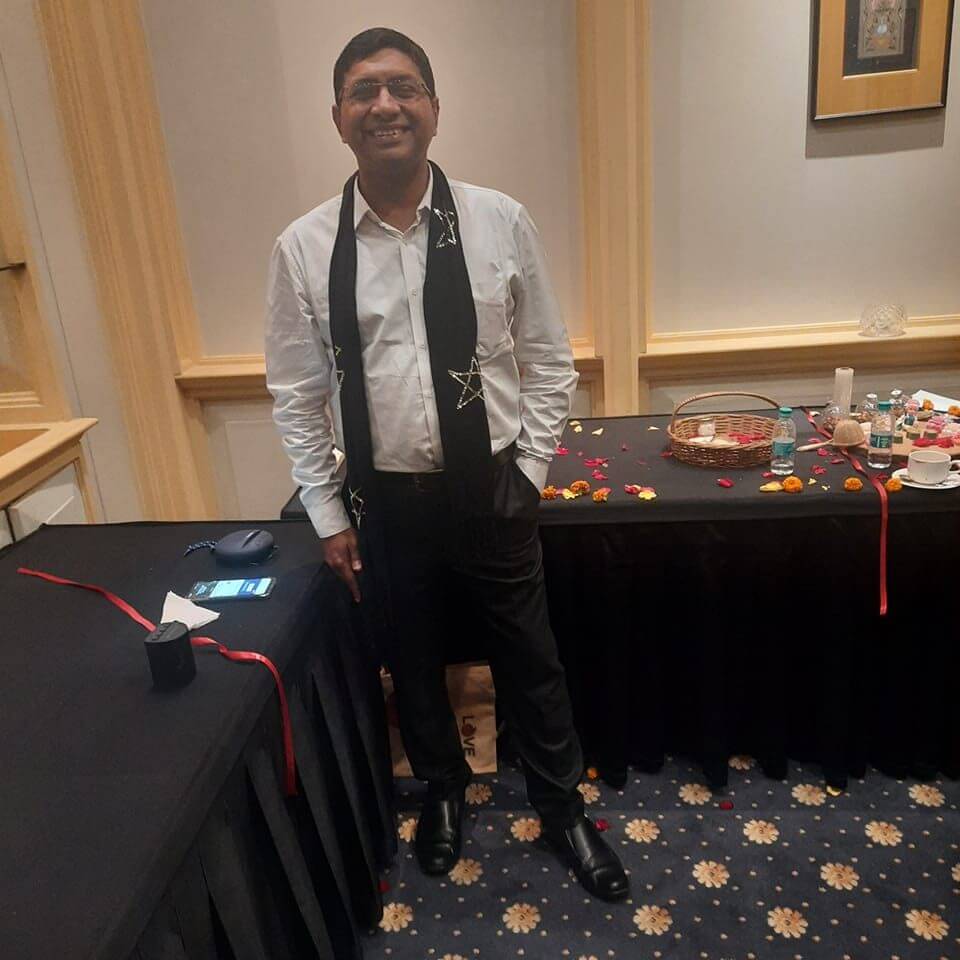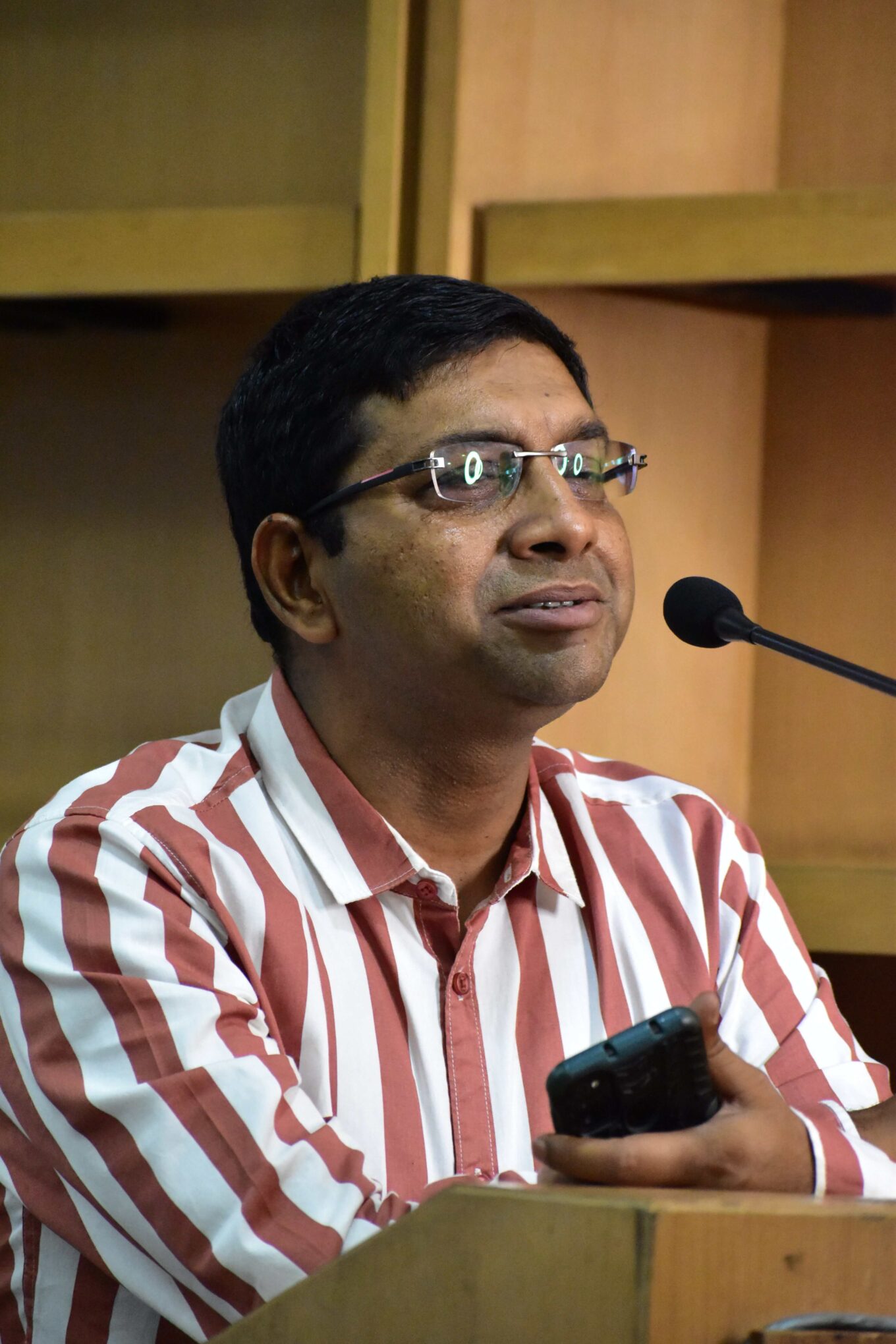Reading Time: 5 minutes
In a candid interview with Urna, Rajorshi, a poet, tells us how he explores Japanese poetic forms, love, social responsibility, and poetry’s ability to combat violence – exclusively for Different Truths.
Urna: “split open rivers turn red blurred crimson paints blue swindles your austere happiness my bloodless heart pumps in hope”
Poets are word warriors and many of your poems in The Last Drop of Your Tears present to the readers graphic imagery of systemic pains and the generational losses that stay on inside of us. As a poet do you feel you have a larger social and moral responsibility? Do you feel poetry can help us fight violence and war?
Rajorshi: Thanks Urna for this very pertinent question. Firstly, and very interestingly, I have been labelled as a “compulsive romantic” many a time, and apparently, I am always into failed and broken love.
Well, thanks to you, I’ll try and set the record straight. Yes, love forms the core of my poetry, but it emanates from pain – the pain of separations, of juvenile violence between near and dear ones, seeing my family being displaced from their homeland, etc. But tell me, what wins over pain…isn’t it only love? I believe in that philosophy and yes, my poems, including the one you just quoted, are just not blatantly about love. And you have your creative mind to delve as deep as you want.
As far as the second part of your question goes…let me combine the answers to your questions.
I belong to the land of Kazi Nazrul and Tagore. Stalwarts fought wars of words with only words and without a drop of physical violence. I feel that I owe a part of myself to Salam Barkat, who had his words to fight against Pakistan while forming Bangladesh. Doesn’t the poem you’ve just quoted speak against the pains and tribulations of violence? Well, any sensitive poet, to be honest, is perturbed by societal and international tensions. The Last Drop of Your Tears can well be perceived as my voice. Though, yes, the perspective of the readers remains paramount.
Urna: Poetic forms constitute the crucial backbone of a poet’s work. Most of us know that the gogyohka is a five-line poem developed by Enta Kusakabe in Japan that translates as a “five-line poem”. Tell us how and when did the gogyohka as a form arouse your interest?

Rajorshi: To this too, Urna, I would like to draw a little bit from history. I am obsessed with Japanese forms of poetry. How do you think a country decimated by nuke bombs can recuperate and be – look at where they are now? – without any contribution from literature?
Though the re-creation of Japanese forms has taken me into breaking a lot of rules, nevertheless…they did give us the haiku, haibun, gogyoshi, gogyohka, etc. Although, I feel, poetic meters can’t stop or restrict creativity. A creative endeavour should fly freely as a bird – but to empty your heart in three lines (syllables, notwithstanding) is a challenge in itself. In Palette (my collection of haibun), I was meticulous to weave my haiku in the same constellation of the prose.
Gogyohka happened to me by chance, if I may elaborate, like a fluke. Browsing through some haiku, my Google threw up this particular form. I started writing with some scepticism… But it ended up, not too badly. The Last Drop of Your Tears is perhaps the first such collection, ever. I am happy.
Urna: Experimentation is at the core of your poetry Rajorshi. You have experimented with the haiku and the haibun extensively. Do you feel the gogyohka lends itself to experimentation too?
Rajorshi: Urna, we’ve been into each other’s verses for quite a long time, now. And I remember you once said, “I know when it’s you – as soon as I read your work”. Well, I wouldn’t use the word “experimentation”, as it sounds very strong, but yes, changing forms of poetry gets me going. Being, perhaps, the most impatient person, to have graced this earth, things get mundane very fast for me. I’d tried my hand at Ghazals in English (Through your Eyes) and was pretty happy with the feedback, I received. As I said previously, it was a tearjerker of an accident and yes, I experimented with myself. Somudranil Sengupta, the editor of Hawakal (the publisher of The Last Drop of Your Tears) found it good enough to be published. And the rest, as they say…
Urna: Poetry has always upheld the sanctity and sublimity of tears, and how when words fail, tears can rise to the occasion. For tears inhabit all those spaces and places, the in-betweens, the nooks, and the crannies where even angels fear to tread. Is there a particular story or an interesting anecdote behind the fascinating title of your latest book, The Last Drop of Your Tears?
Rajorshi: Urna, I know you as an intense poet. A poet, who delves deep with her words and surfaces with her poignancy. You have failed miserably to disappoint me ever, and today is no exception. The very depth of your question makes one understand how you created that indomitable ‘Rafu Chacha’. But…
Unfortunately, I’ll disappoint you today, because there’s nothing tearful about the title. If you or anyone for that matter (and many have said so) have liked the title, the credit should go to Kiriti Sengupta of Hawakal. He asked me about the title of this book, and I said, I had a working title (Bruises). Kiriti just ignored that and asked for about an hour. In about 15 minutes, he called and said, “I have removed the ‘salty’…” I was like, “What ‘salty’”? He said, “The last drop of your salty tears remains an important part of your poem. I have removed the ‘salty’ thing and made it your book’s title.” I said, “Wow”. To Kiriti, I will be thankful eternally. That’s how The Last Drop of Your Tears was born.
Urna: “silent waterfall strums string waltz dusks of sandstorm my song stood drenched stripped”
Many say the phrase, “less is more” first appeared in Robert Browning’s Andrea del Sarto, in 1855, and was later popularized by the German architect Ludwig Miles van der Rohe at American architecture schools. Having read your work over the years, I feel, “less is more” forms the heart of your writing philosophy, where you beautifully choose to “strip” away the extraneous and let the “silent waterfalls” speak to us. What are your thoughts on this?
Rajorshi: Well, to this, I would say, every poet has his/ her writing style… Some are into elaboration, and some write short poems. I’d say, “less is more”, correct but, more is not always less. Having said that, I would stress the exercise of making the poem crisp. To me, writing smaller pieces makes it crisper, to some, longer ones work, and so on — but I don’t think anyone is right or wrong. In a creative endeavour, nothing is black or white. There are shades and yes, there are those little puddles, which you leave behind for others (including the poet) to ponder and interpret in their way.
So, the idea is to “strip” off the facade of lousy cacophony from the waterfalls.
Lastly, to all the readers, who may happen to lay their hands on The Last Drop of Your Tears, I would request you all to read with an open mind. Remember, no poetry is incomprehensible. It’s just your interpretation that it’s hungry for.
Thanks, Urna, for such deep and intense questions.
Photos sourced by the interviewee















